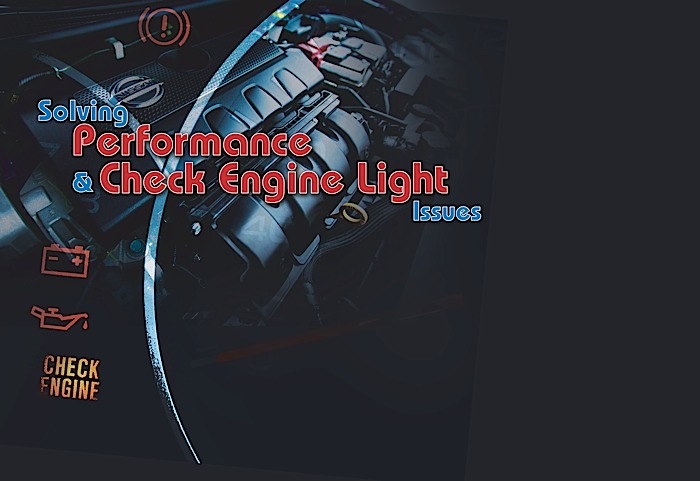We recently had a late-model Sentra towed in with a no-crank complaint. This was the first time we were faced with a smart-key-equipped Nissan that did nothing when the start button was pushed. My first step on any diagnosis is to put the enhanced scanner on the vehicle and perform a full scan; I use the time required for the scan to get into the service info and get familiar with the system. By looking at the wiring diagram, you should be able to get a good idea of how the system works. In the case of our Sentra, we had no codes, but by looking at the body control unit data we were able to see that the brake switch wasn’t changing status when the pedal was depressed. A quick look at the brake lights confirmed the stoplight switch was working, and a glance under the dash revealed there was a separate switch for the starting system that was the problem.
Another best practice that applies to servicing both the Altima as well as the Sentra is to be careful when cleaning the electronic throttle body. When Nissan went to electronic throttles, it was common to end up with a high idle after the service was done, particularly if the unit was flooded with cleaner. Now we are careful to use the cleaner on a rag to wipe the unit clean.
If you end up with a high idle and a P0507, for instance, you will need your enhanced scanner to do a throttle relearn. Before starting the process, be sure the conditions are met as listed on the tool. Some of these can be stubborn — more so if the idle is very high and in the 2,000 rpm range. It may be necessary to remove a spark plug wire to get the idle down, but this will set a misfire code. The engine shouldn’t be run longer than it has to ensure no damage is done to the cat converter.
A tip that I’ve used with good results is to have the engine running with your scanner hooked up. With the engine idling, unplug the air mass meter and plug it back in. With the engine still running clear, check the mass air code and see if the idle doesn’t return to normal. I don’t know why this works, but it has gotten me out of jams when I couldn’t get the relearn done otherwise.
A common problem you’ll see with Altima models is a P0335 code that represents a problem in the crankshaft position sensor circuit, sometimes accompanied with a P0755 engine speed code. This problem was identified early in its production, with Nissan issuing a recall that involved replacing both the cam and crank sensor.
Our shop got in the habit of changing both sensors whenever the code was encountered, but we have since changed our strategy to replacing only the crank sensor when that code is evident. The sensor is located on the firewall side of the engine and, while not easy to reach, presents little challenge when installing. There is one important thing to keep in mind during installation, and that is to be sure to plug the harness onto the sensor before installation, as it can’t be done afterward without modifying the connector.
And, like any code issue, keep in mind that the code is not part-specific, so be sure to take a look at the connector and wiring while you’re servicing this aspect of the car. Crank sensors have led to intermittent stalling, no-starts and long-crank complaints. If you are faced with any of these complaints and a P0355 code is stored, the sensor should be replaced.














